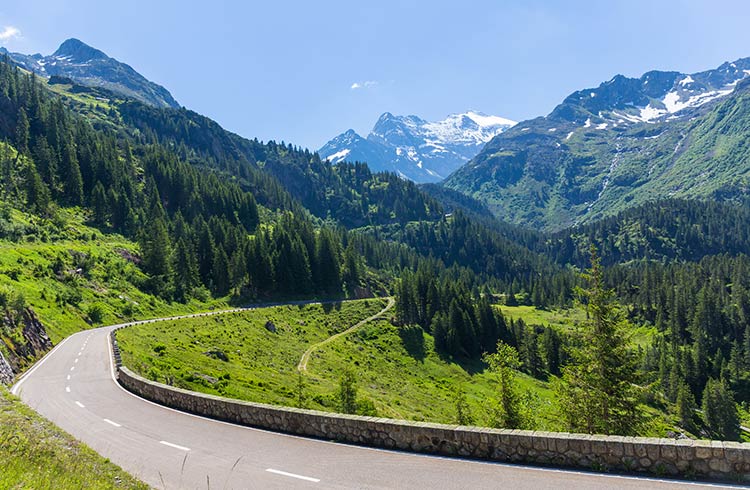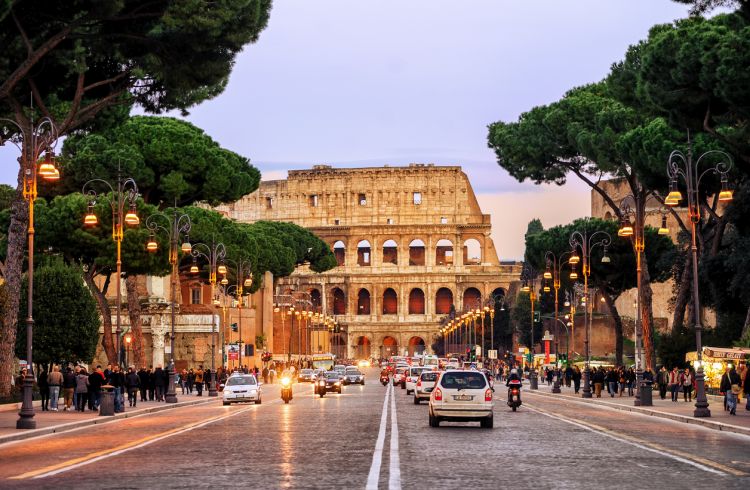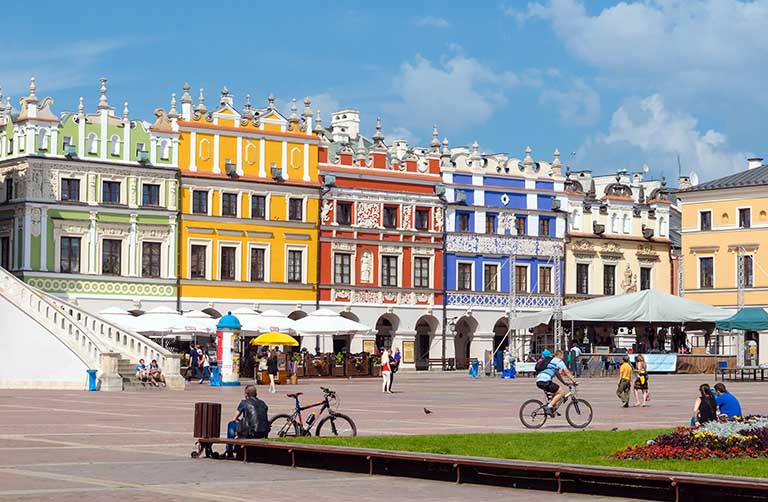Safe Driving in Switzerland: Road Rules You Must Know
Switzerland's mountain roads are alluring for road-tripping travelers, but you should be aware of road rules, safety and dangers before you get in your rental car. Here's what you need to know.
 Photo © Getty Images/R.Tsubin
Photo © Getty Images/R.Tsubin
Switzerland has some of the most beautiful yet hair-raising drives in the world, and visitors will be impressed by the remarkable engineering of roads and bridges in alpine regions.
Before you take to the roads in your rental car, here's what you need to know to stay safe while driving in Switzerland.
Road rules in Switzerland
Road accidents are a major cause of death in Switzerland, so there are very strict laws in place for drivers. Here are a few road rules to keep in mind:
- The Swiss drive on the right, with overtaking on the left
- All secondary roads give priority to traffic from the right unless a priority sign is displayed (yellow diamond on a white background). If in doubt, give way to the right
- Drivers in Switzerland must always give way to emergency service vehicles, such as police, ambulance or fire services
- Vehicles in Switzerland must carry a warning triangle that is used for breakdowns or accidents. This is a mandatory requirement, and drivers are also obliged to carry a fluorescent jacket if they cross the borders into Italy, France and Germany
- In many European and Scandinavian countries, you cannot carry the triangle and the jacket in the boot/trunk of the car, they must be with you in the cabin – they take safety very seriously here
- At a traffic light or at a road crossing divers must switch off their engines to avoid pollution
- The Swiss police are very strict on driving distractions. If you are using a cell phone, expect a huge instant fine. Depending on which canton you're in, you might find a similar fine for eating while driving, using earphones that prevent you hearing emergency services vehicles or for fiddling with your GPS. So leave the phone and sandwich until you've pulled over
- Driving speeds in Switzerland are much slower than other parts of Europe, and drivers should be vigilant for speed warning signs – especially after crossing borders
- Vehicles traveling on motorways must display a special vignette or car sticker (which costs a few Euros), otherwise there is an on-the-spot fine.
In addition to the regular road rules, the Swiss have a rule about drunk passengers you might not be used to back home.
Drink driving in Switzerland
The blood alcohol limit is 0.05% for drivers, and penalties are strict with a heavy fine or a jail sentence if you are over the limit. Random alcohol breath tests are carried out throughout Switzerland.
While this isn't unusual, you must be aware that if you hold a driving license and are traveling in the same car as a driver who is drunk, you may also lose your license as it is considered you are just as irresponsible for letting them drive you around.
How to drive the Swiss mountains safely
Driving safely in the mountains is a skill, and the Swiss have a number of ground rules that may not be common sense to foreign travelers.
Always remember: look at the road, not the beautiful view.
- When driving on narrow roads, the uphill driver has the priority and the downhill driver is expected to back-up if there is insufficient passing room, unless – and this is where it gets tricky – there is room nearer the uphill driver
- It is recommended not to brake excessively on steep roads as this can cause brakes to overheat and stop working. It is better to pull in and turn the car engine off for a few minutes which gives the brakes time to cool down
- On mountain roads groups of vehicles such as lorries have priority over cars. Buses and trucks have the priority over cars, and buses have a priority over trucks
- On very narrow mountain routes if you are told to do something by the public transport employee or driver you must do so, as their local knowledge of road conditions is considered to carry the weight of law
- In winter, drivers must use snow chains and winter tires where appropriate and carry extra emergency equipment including a shovel and hot drink. It's not unusual for roads to be closed at short notice because of hazards. The Swiss weather website is an excellent resource for trip planning
- When driving Swiss mountain roads a driver must be able to stop in an emergency in at least half the visible distance. This is a handy tip to help you judge the appropriate distance and speed on the road
- If you find yourself driving more slowly than local drivers, it is an unwritten rule of courtesy to pull over. There are not many places where they can overtake safely, so give anyone following you a break and move out of the way. This is probably another reason you don't see much road rage in Switzerland.
The best tip? Don't forget to buy travel insurance when you go to Switzerland. Get a quote below.
Related articles
Simple and flexible travel insurance
You can buy at home or while traveling, and claim online from anywhere in the world. With 150+ adventure activities covered and 24/7 emergency assistance.
Get a quote


No Comments